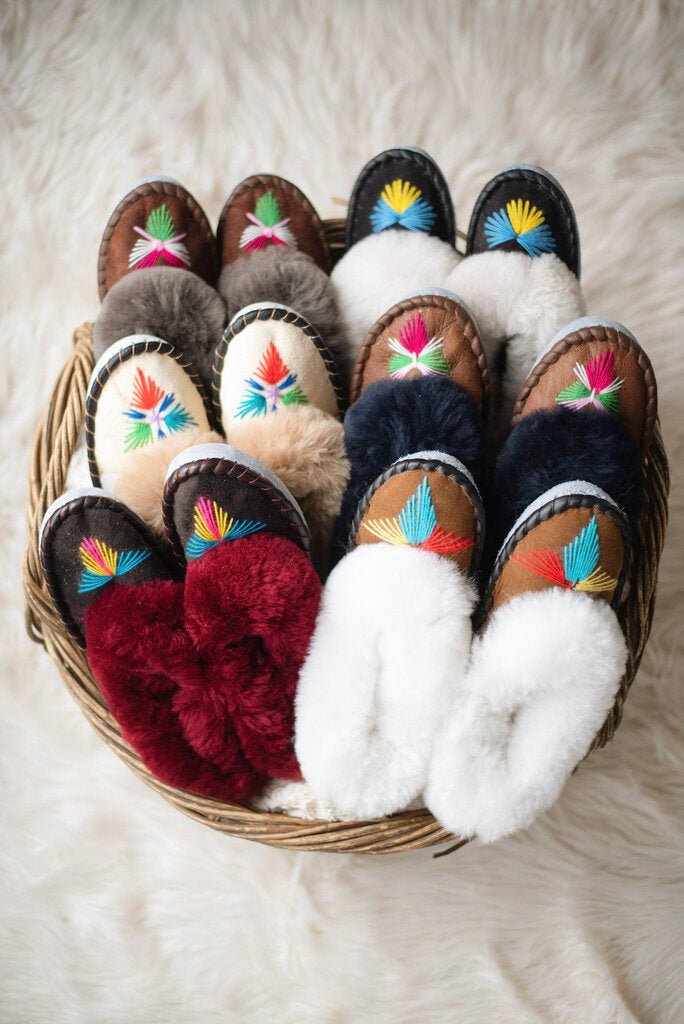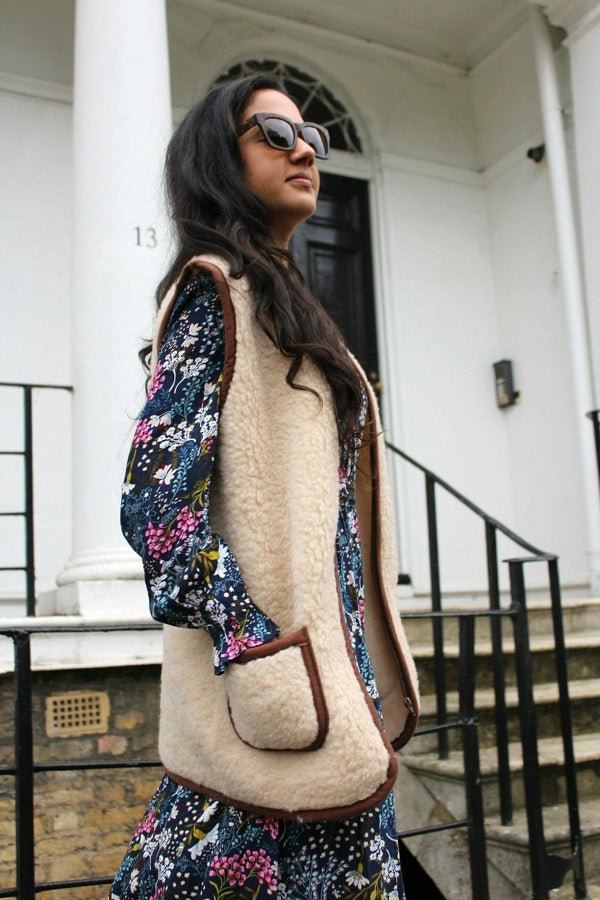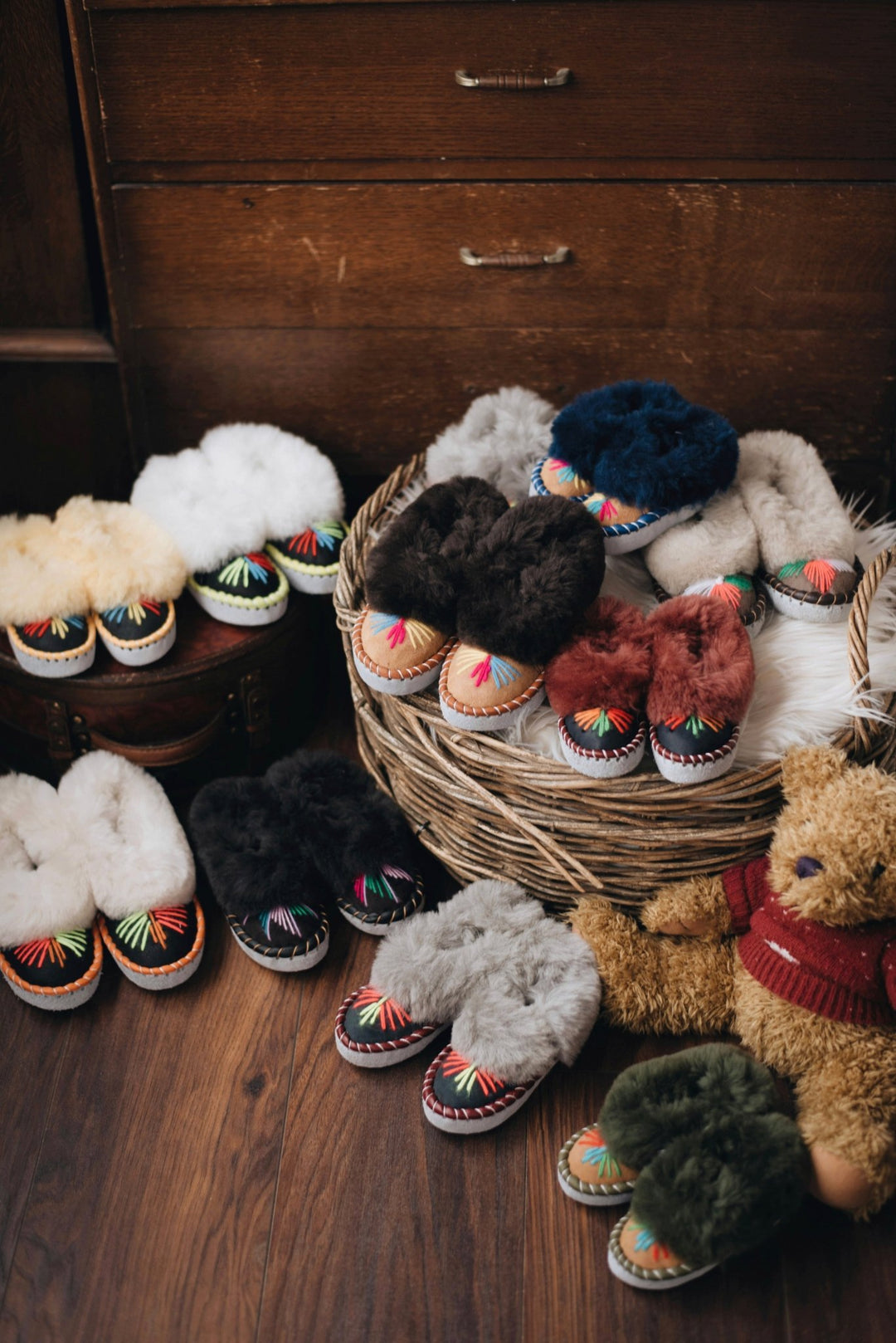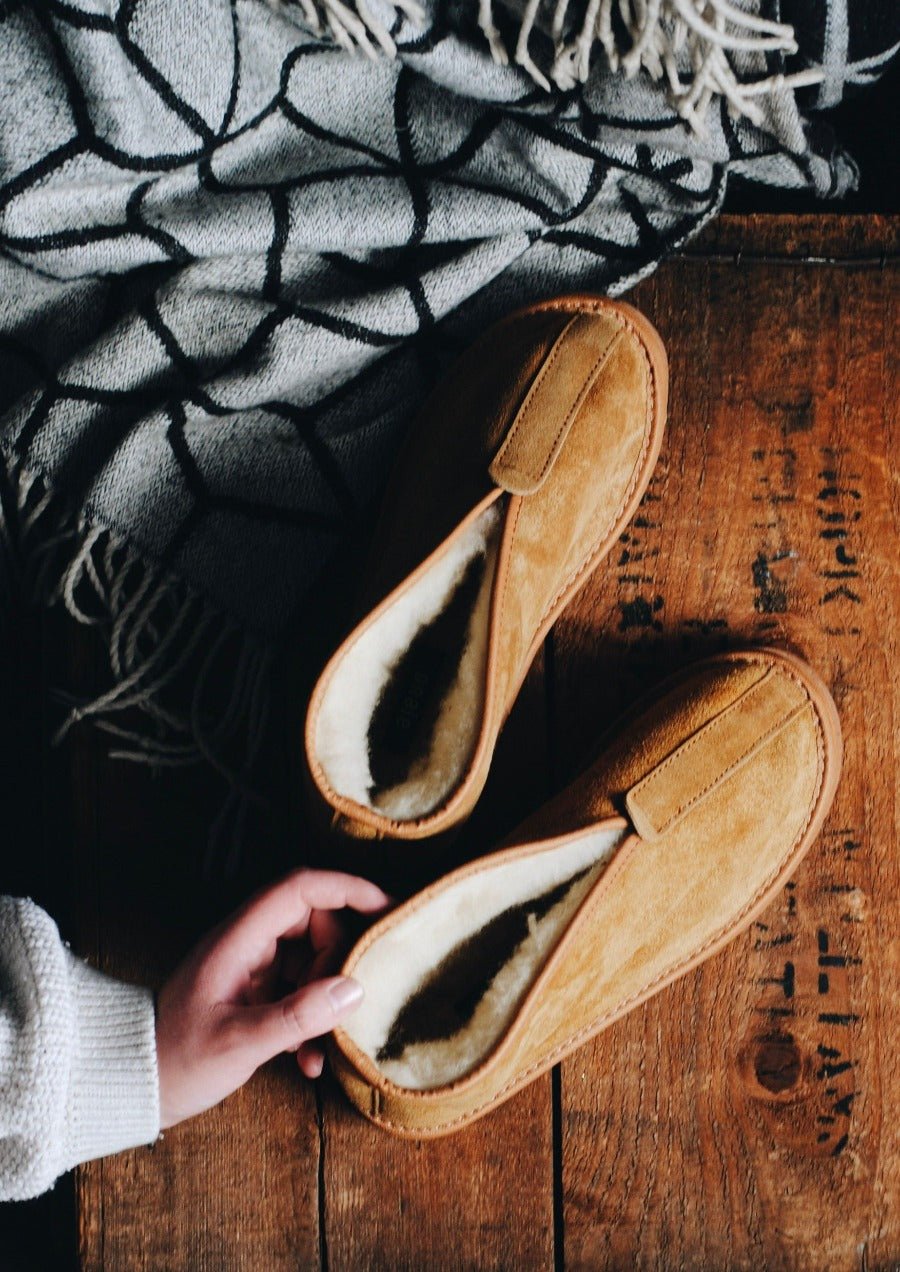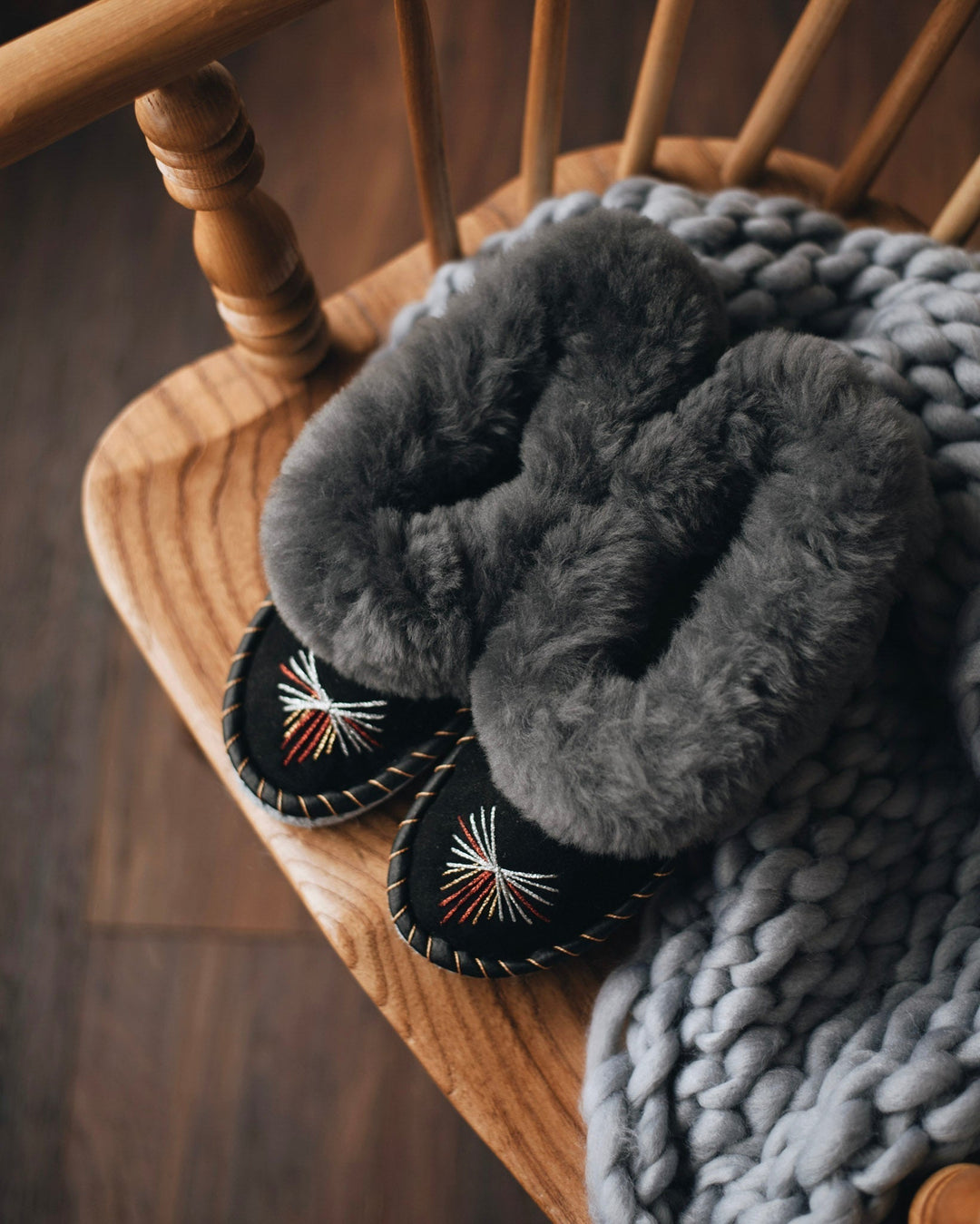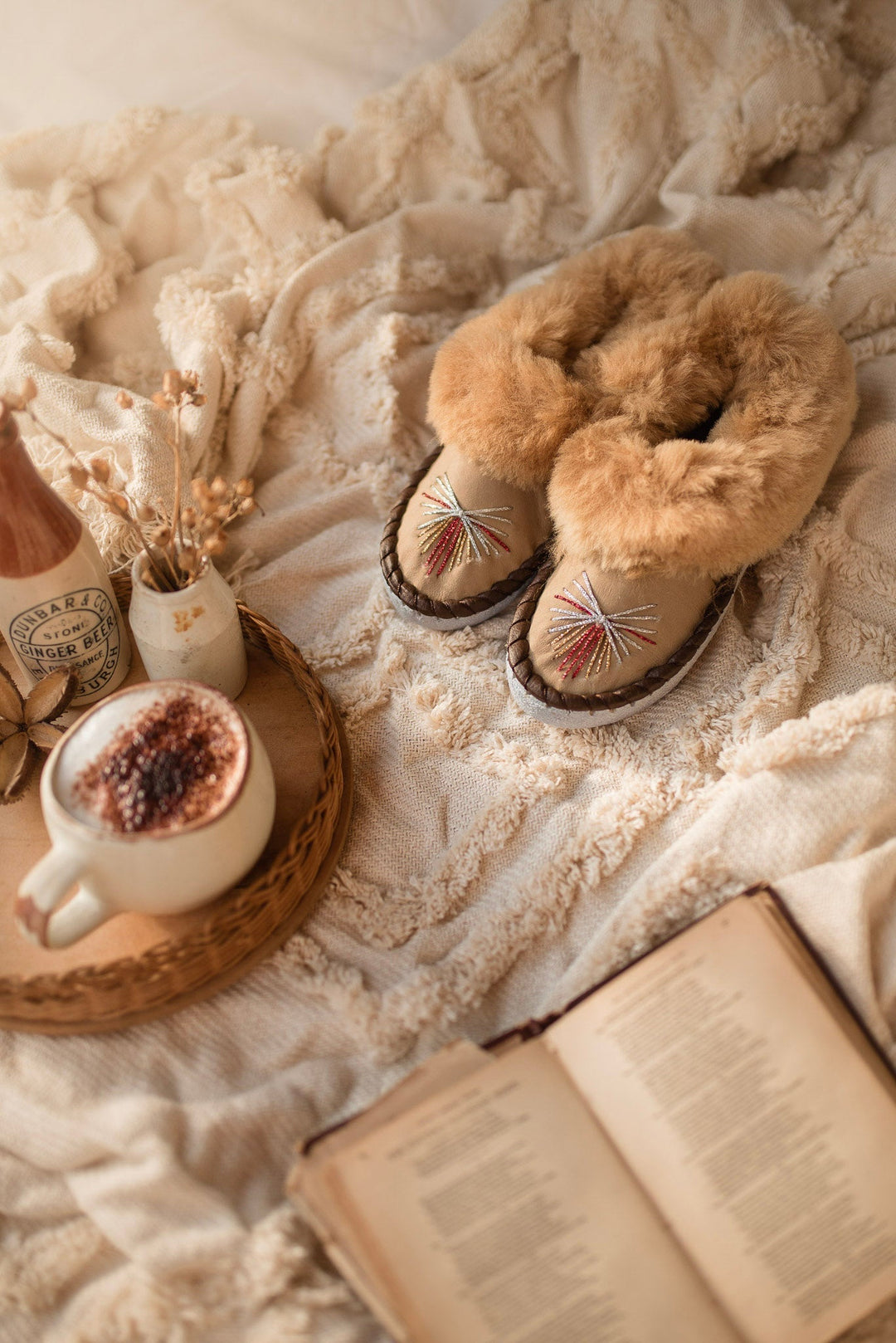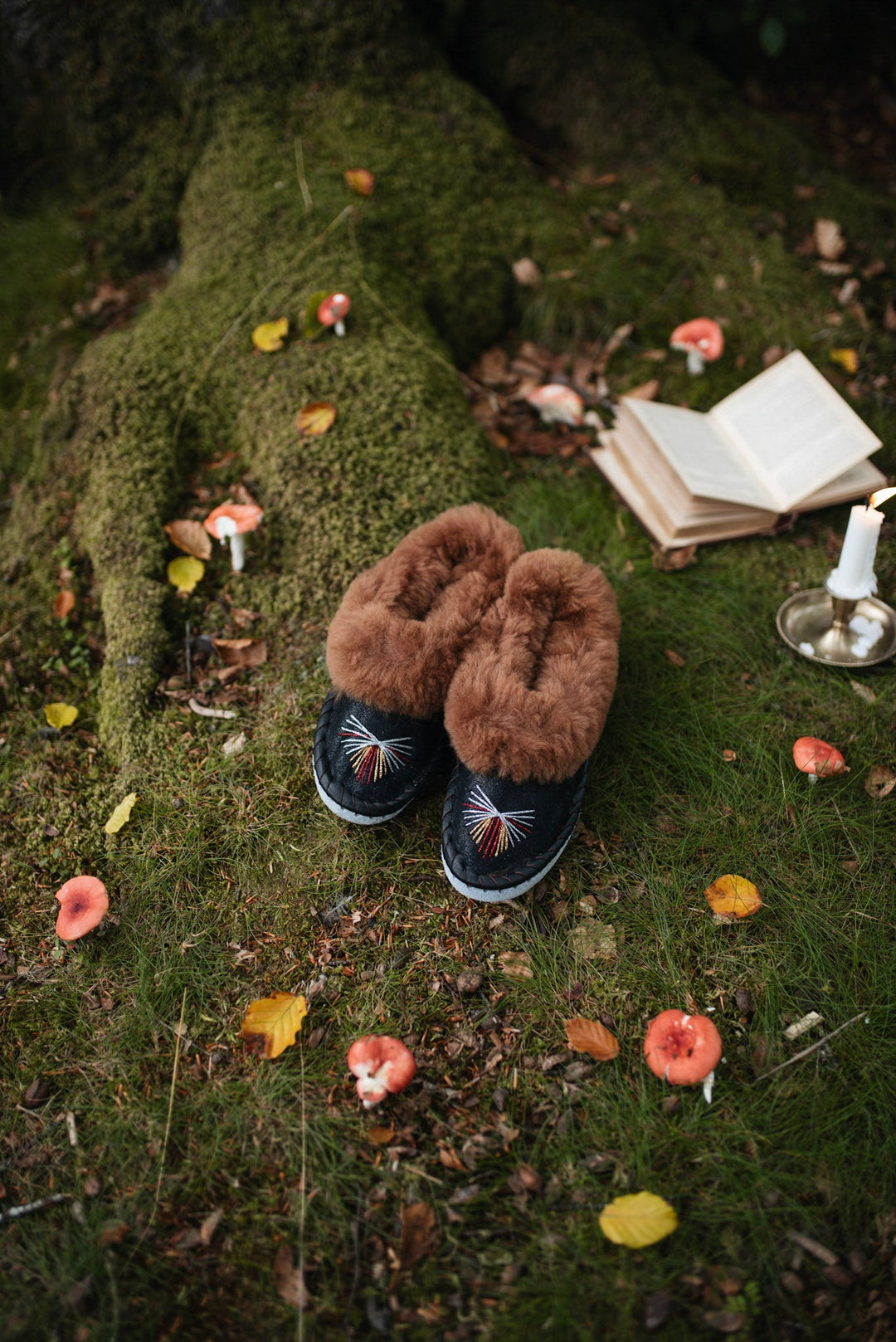Slippers, particularly women slippers, are a household essential, providing comfort and warmth to our feet after long days. However, like any other item of clothing, slippers have a lifespan. Knowing when to replace them ensures that you continue to enjoy their benefits without compromising on comfort or hygiene. Here's a guide on how often you should consider replacing your slippers.
Signs of Wear and Tear: The most obvious indicator that it's time to replace your slippers is visible wear and tear. This includes:
Worn-Out Soles: If the soles of your slippers are worn thin, it can lead to discomfort and even slip hazards.
Flattened Wool or Sheepskin: Over time, the cushioning and warmth provided by the wool or sheepskin inside your slippers can become flattened, reducing comfort.
Tears and Holes: Any tears in the fabric or holes in the material mean it's time for a new pair.
Understanding Sheepskin Deterioration: Sheepskin slippers require special attention when assessing wear patterns. The natural wool fibres in genuine sheepskin gradually compress with use, losing their ability to provide the plush cushioning that makes these slippers so beloved. Unlike synthetic materials that may show obvious signs of breakdown, sheepskin deterioration can be more subtle. The wool may appear matted or feel less springy underfoot. Additionally, the natural oils in sheepskin that provide antimicrobial properties and maintain softness can diminish over time, particularly with frequent washing or exposure to heat.
Loss of Support: Slippers, especially those with built-in support, can lose their structure over time. If you find that your slippers no longer provide the arch support they once did, it might be time to invest in a new pair. Lack of proper support can lead to foot pain and other related issues.
Sheepskin's Natural Properties and Longevity: Quality sheepskin slippers offer unique advantages in terms of durability and foot health. The natural lanolin in sheepskin provides antibacterial properties, helping to keep feet fresh and reducing odour development. However, these benefits diminish as the sheepskin ages and loses its natural oils. Genuine sheepskin also naturally regulates temperature, keeping feet warm in winter and cool in summer, but this thermoregulating ability can decrease as the wool fibres become compressed and less effective at trapping air.
Odour and Hygiene: Despite regular cleaning, slippers can start to develop persistent odours after prolonged use. This is often due to the accumulation of sweat and bacteria. If your slippers have a smell that doesn't go away after washing, it's best to replace them to maintain good foot hygiene.
Sheepskin Care and Hygiene Considerations: Sheepskin slippers have specific hygiene requirements that differ from synthetic alternatives. While the natural antimicrobial properties of sheepskin help resist odour initially, improper care can accelerate deterioration. Sheepskin should never be machine washed with harsh detergents or dried with direct heat, as this can damage the natural oils and cause the material to become stiff and uncomfortable. When sheepskin slippers develop persistent odours despite proper care, it often indicates that the natural protective properties have been compromised, signalling time for replacement.
Frequency of Use: How often you need to replace your slippers can also depend on how frequently you wear them. For instance:
Daily Use: If you wear your slippers every day, they will likely need replacing every 6-12 months.
Occasional Use: If you only wear them occasionally, such as in the evenings or on weekends, they might last up to 1-2 years.
Sheepskin Slippers and Usage Patterns: Sheepskin slippers often last longer than synthetic alternatives when properly cared for, thanks to the natural durability of the material. However, daily wear of sheepskin slippers may require replacement every 8-14 months, depending on the quality of the sheepskin and construction. The natural resilience of sheepskin means that occasional use can extend their lifespan to 2-3 years, making them an excellent investment for those who rotate their footwear.
Material Quality: The material of your slippers can affect their longevity. High-quality materials like genuine sheepskin and durable soles, such as those used in ONAIE slippers, typically last longer than synthetic alternatives. Investing in quality slippers can extend the time between replacements.
Identifying Quality Sheepskin: Not all sheepskin slippers are created equal. Premium sheepskin slippers feature dense, evenly distributed wool that maintains its loft over time. The leather should be supple yet durable, with consistent thickness throughout. Quality sheepskin slippers often use double-faced sheepskin, where both the wool and leather sides are utilised, providing superior comfort and durability. When assessing whether your sheepskin slippers need replacement, compare the current wool density to how they felt when new.
Personal Comfort: Ultimately, the best gauge is your comfort. If your slippers no longer feel as cosy and supportive as they once did, it's a clear sign that it's time for a new pair. Your comfort and foot health are paramount, and worn-out slippers can negatively impact both.
Seasonal Impact on Sheepskin Slippers: Sheepskin slippers face different challenges throughout the year. Winter use typically involves more frequent wear and exposure to heating systems that can dry out the natural oils. Summer storage requires proper ventilation to prevent moisture buildup that could damage the sheepskin. Understanding these seasonal factors helps determine when replacement might be necessary and how to extend the life of your sheepskin slippers.
Tips for Extending the Life of Your Slippers:
Regular Cleaning: Keep your slippers clean by following the recommended care instructions. This not only maintains their appearance but also extends their life. Proper Storage: Store your slippers in a dry, well-ventilated area to prevent mould and mildew. Rotate Pairs: If possible, have more than one pair of slippers and rotate their use. This gives each pair time to air out and recover their shape.
Special Care for Sheepskin: Sheepskin slippers benefit from occasional brushing with a suede brush to maintain the wool's natural loft. Avoid storing them in plastic bags, which can trap moisture and damage the natural materials. Instead, use breathable fabric bags or simply store them in a well-ventilated area.
Knowing when to replace your slippers is essential for maintaining comfort and foot health. By paying attention to signs of wear and tear, support loss, and hygiene issues, you can ensure that your feet remain cosy and well-supported. Investing in high-quality slippers like those from ONAIE can provide long-lasting comfort, making the decision to replace them less frequent.
Your feet deserve the exceptional comfort and natural benefits that only genuine sheepskin can provide. When you choose quality sheepskin slippers, you're investing in a time-tested material that has kept feet comfortable for generations. Regular assessment and timely replacement ensure you continue to experience the unique warmth, breathability, and luxury that make sheepskin slippers a cherished part of daily comfort rituals.

